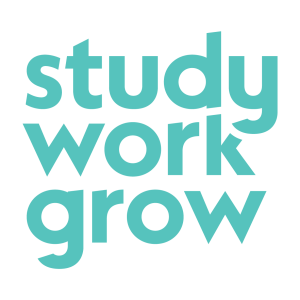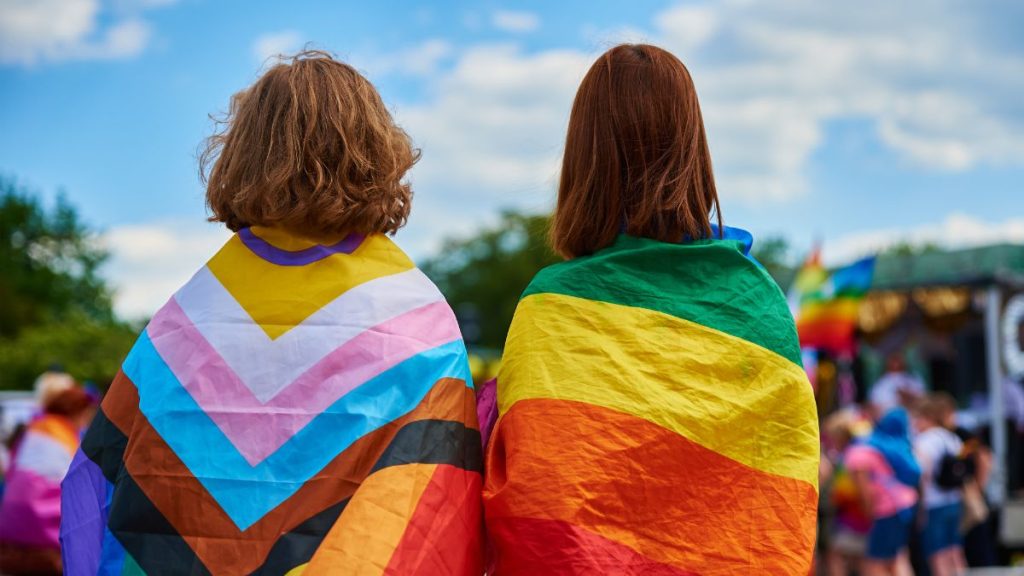Around one in five young Australians identify as part of the queer community, so even if you don’t know it, chances are there are one or more LGBTQIA+ students in every classroom. As educators, part of our job is ensuring that we create a welcoming environment that’s inducive to learning for all students, no matter their background or identity. With Trans Day of Visibility coming up on 31 March, there’s no better time to reflect on the importance of supporting LGBTQIA+ young people at schools. That’s why we’ve gathered a variety of resources to help.
Understanding LGBTQIA+ youth
LGBTQIA+ is an evolving term that’s inclusive of many different identities. It stands for Lesbian, Gay, Bisexual, Transgender, Queer/Questioning, Intersex, and Asexual, but also applies to a variety of other experiences and identities, including non-binary, pansexual, and aromantic.
First Nations people also have their own language around LGBTQIA+ identity. Some Aboriginal and Torres Strait Islander trans people might use the terms Sistergirl and Brotherboy. Gender identity is closely tied to culture and community for many Indigenous Australians.
“‘Sistergirl’ and ‘Brotherboy’ are very inclusive terms, as they are trans identities that accept everyone, including those who don’t separate themselves from the gender they were assigned at birth.”
Hayden Moon, Wiradjuri Brotherboy
Language is constantly evolving, and the ways people describe themselves and their experiences also changes over time – and that’s totally OK. Particularly for young people who may just be starting to understand who they are, they may not always have the right words to explain how they feel or who they are.
Challenges faced by LGBTQIA+ young people
Unfortunately, many young people who are part of the LGBTQIA+ community often face more bullying, discrimination, and struggles with their mental and physical health. This isn’t because of who they are or how they feel about themselves, but because they often lack support and understanding from family, friends, and even in schools. This lack of support can lead to higher rates of anxiety, depression, and even self-harm or thoughts of suicide.
“[Queer young people] were also 11 per cent more likely to experience significant stress in relation to interacting with educators. This is perhaps unsurprising given the prevalence of harassment and discrimination directed at queer young people in educational institutions, often by other students.”
Cutler, B., et al. (2022). Queer Young People in Australia: Insights from the 2021 Australian Youth Barometer.
Our role as educators
It’s important to be mindful about existing societal and educational structures and biases that might be discriminatory or unaware of LGBTQIA+ people, and how this may trickle down to affect students. In fact, studies have demonstrated that inclusivity in sex education leads to lower levels of anxiety and depression.
“When asked in previous research what they wanted most from their school experience, LGBT young people wanted schools to be teaching that homophobia is wrong and shouldn’t be tolerated, and to ensure sexuality education is more inclusive of same-sex attraction and gender diversity.”
Hill, A. O., et al. (2021). Writing Themselves In 4: The health and wellbeing of LGBTQA+ young people in Australia.
This isn’t just the responsibility of teachers, who already have a lot on their plate. Supporting LGBTQIA+ youth should be a priority for the whole school community, including admin and leadership staff, parents, and even other students.
Resources to support LGBTQIA+ young people at school
Thankfully, there are already lots of resources out there for educators and schools to help them learn about and support LGBTQIA+ youth, both in and outside of the classroom. Here are some we’ve found:
- ReachOut has created a guide for schools which details key terms and language, and provides suggestions for how schools can support LGBTQIA+ students. They also have a lesson aimed at students in Years 7-8 on understanding gender and sexuality.
- Minus18 provides workshops for both students and teachers on LGBTQIA+ knowledge and inclusion.
- The Victorian Government has made an LGBTQIA+ inclusive language guide that explains how to use language respectfully.
- Intersex Human Rights Australia has complied a list of articles and resources for schools and educators about intersex people.
- A Gender Agenda provides training and resources on trans, intersex, and gender diverse people, including resources for parents.
- TransHub has lots of great resources on supporting trans kids in the classroom. They also created Trans 101, an easy to understand and positive guide to the trans experience.
- The ATSI Rainbow Archive is a huge portal of resources about queer Indigenous people.
- BlaQ Aboriginal Corporation has resources and training aimed at increasing understanding of matters relating to Aboriginal and Torres Strait Islander peoples and the LGBTQ+SB community.
- The Pinnacle Foundation provides scholarships, mentoring, and opportunities for LGBTQIA+ youth.
We also have other resources and information for teachers on our website here.


